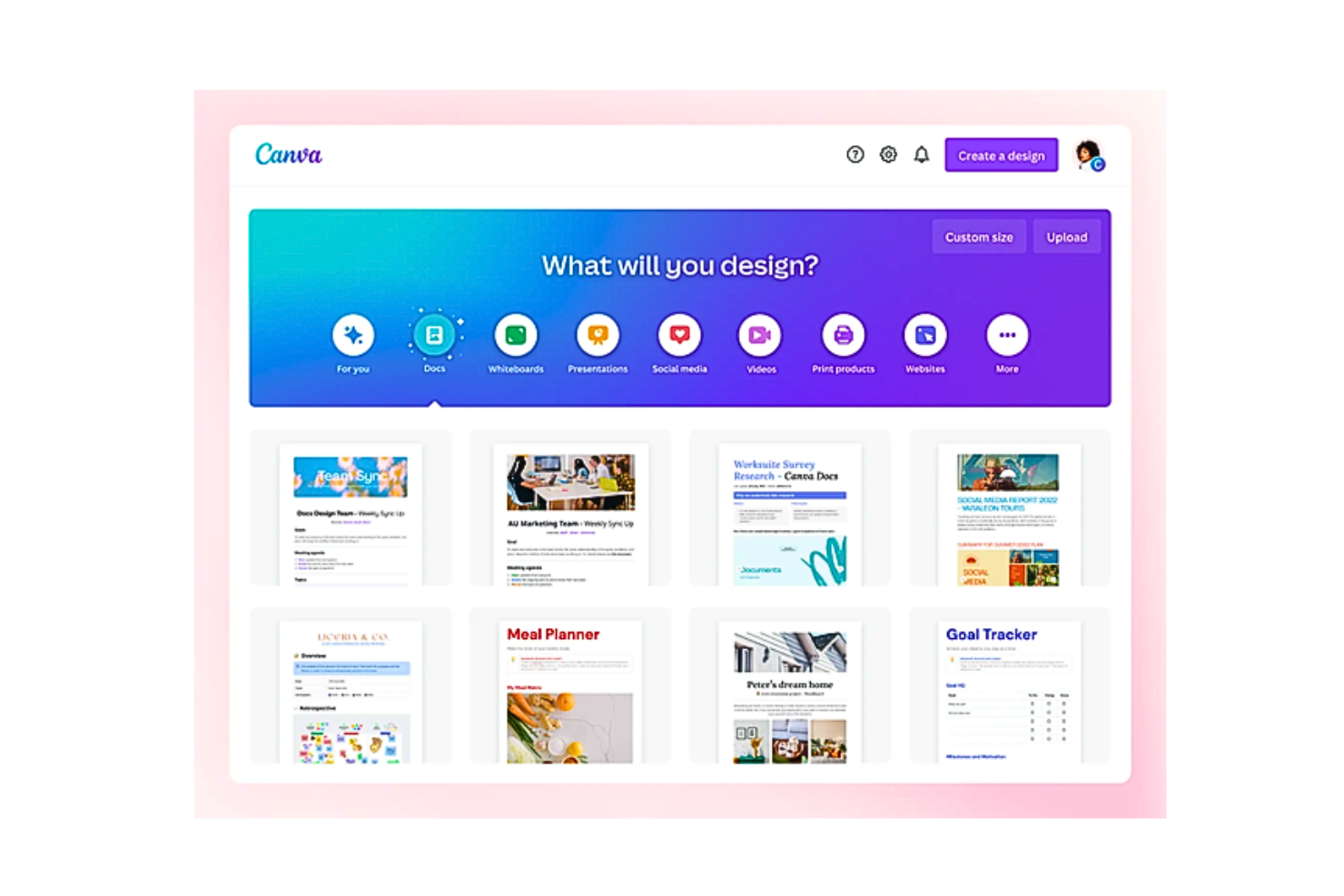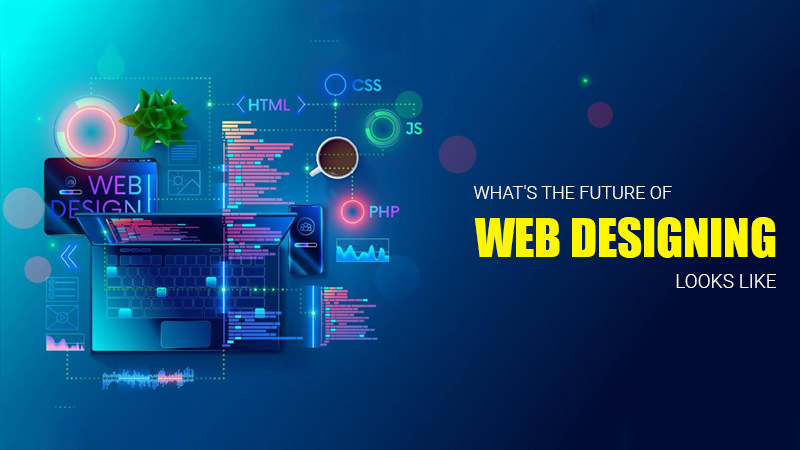Enhance Individual Experience Through Imaginative Web Design Solutions
In an electronic landscape where individual experience rules supreme, the function of creative internet design remedies can not be downplayed. The fusion of virtuosity and performance is pivotal in catching and keeping the focus of on-line visitors in a sea of websites contending for engagement. By prioritizing user-centered layout principles, including interactive aspects, welcoming a mobile-first method, maximizing site rate, and developing aesthetic hierarchy, companies can establish a digital visibility that resonates with their audience on an extensive degree. The journey to crafting compelling internet experiences begins with a strategic mix of development and empathy, leading the way for purposeful connections in between brand names and customers.
Importance of User-Centered Style
Highlighting the value of user-centered layout is paramount in creating digital experiences that resonate with and satisfy the requirements of the target market. User-centered style concentrates on recognizing the actions, choices, and discomfort factors of users to develop services that address their particular demands. By prioritizing individual requirements, designers can develop user interfaces that are instinctive, obtainable, and involving.

Additionally, integrating user feedback throughout the design process is important for refining and improving the user experience. By iteratively collecting and evaluating feedback, designers can make informed choices that enhance use and total satisfaction - web design and seo services. Inevitably, focusing on user-centered style causes a lot more effective electronic experiences that resonate with users and drive engagement
Making Use Of Interactive Aspects
Comprehending the behaviors and choices of customers through user-centered design lays a solid structure for successfully integrating interactive elements right into web design remedies. Interactive components such as animations, hover impacts, sliders, and interactive forms can dramatically boost individual engagement and develop an unforgettable searching experience. By strategically putting interactive elements throughout the internet site, designers can guide customers through the material and encourage them to engage with the site.
One trick aspect of making use of interactive aspects is to make certain that they serve an objective and add value to the customer experience. For example, interactive item showcases can aid individuals discover different attributes, while interactive infographics can make complex details more absorbable. Additionally, integrating interactive components that reply to customer inputs, such as interactive quizzes or personalized referrals, can further engage customers and tailor the experience to their requirements.
Applying Mobile-First Method
%20%5B60%25%5D.jpg)
Applying a mobile-first technique in website design entails prioritizing the growth of the site for mobile devices before desktop computer versions, intending to optimize the individual experience on smaller sized screens. With the increasing use smart devices and tablets for searching the internet, developing with mobile customers in mind has come to be critical. By starting the style process with mobile phones, designers make certain that the web site is structured, loads swiftly, and provides necessary details and functionality upfront. This technique pressures developers to concentrate on what genuinely matters for the individual, leading to a more intuitive and effective design.
Mobile-first design also encourages simplicity and clarity in layout and content presentation. Features like receptive layout and touch-friendly navigating are focused on, improving the general individual experience. Furthermore, mobile-first design can positively impact search engine optimization (SEO) initiatives, as search engines like Google prioritize you can look here mobile-friendly internet sites in their positions. By applying a mobile-first technique, web designers can develop internet sites that see are not just aesthetically appealing but additionally very practical and easily accessible across various tools, eventually resulting in improved user contentment and interaction.
Optimizing Website Rate
To enhance customer experience and site efficiency, prioritizing web site speed optimization is critical in contemporary website design practices. A fast-loading internet site is vital for retaining visitors and boosting conversion rates. Among the key consider maximizing site rate is reducing HTTP demands by reducing the number of aspects on each web page. This can be achieved by integrating numerous style sheets into one, utilizing CSS sprites for images, and decreasing manuscripts.
Furthermore, making it possible for web browser caching permits returning site visitors to load the website faster by storing a version of the site locally. Compressing files and pictures, utilizing devices like Gzip, can dramatically reduce loading times without compromising quality - web design and seo services. Additionally, optimizing code, such as HTML, CSS, and JavaScript, can improve website rate by removing unnecessary characters and rooms
Consistently keeping track of and evaluating site performance via devices like Google PageSpeed Insights or GTmetrix can aid identify areas for renovation. By focusing on web site speed optimization, web developers can produce a smoother, much more efficient user experience that inevitably causes enhanced engagement and contentment.
Enhancing Aesthetic Hierarchy
By tactically arranging aspects on a webpage, internet designers can properly improve visual power structure, guiding customers through material with quality and focus. Visual pecking order plays an important duty in directing customer attention, ensuring that the most vital information attracts attention while preserving a feeling of order and balance on the page. To attain this, developers use different style concepts such as size, color, contrast, placement, and spacing.
Dimension is a vital component in developing aesthetic power structure, with bigger components generally drawing more attention. By making important elements bigger, designers can instantly capture users' focus.
Furthermore, placement and spacing add to a tidy design that guides users perfectly through the web content. Correct placement makes sure a rational flow of information, while ample spacing protects against mess and permits simpler navigation. By meticulously taking into consideration these this page style principles, web developers can produce straightforward and aesthetically appealing websites that enhance the general user experience.
Verdict
In final thought, prioritizing user-centered design, interactive elements, a mobile-first strategy, web site rate optimization, and aesthetic pecking order are important parts in improving the user experience via creative web layout options. By focusing on these facets, sites can much better engage customers, improve use, and ultimately drive success. It is critical for web developers to constantly introduce and adapt to progressing trends to make sure a smooth and pleasurable experience for visitors.

By thoroughly taking into consideration these design principles, internet developers can create easy to use and visually appealing web sites that boost the overall individual experience.
In verdict, focusing on user-centered design, interactive aspects, a mobile-first strategy, website speed optimization, and visual pecking order are crucial components in improving the individual experience via creative web style remedies.